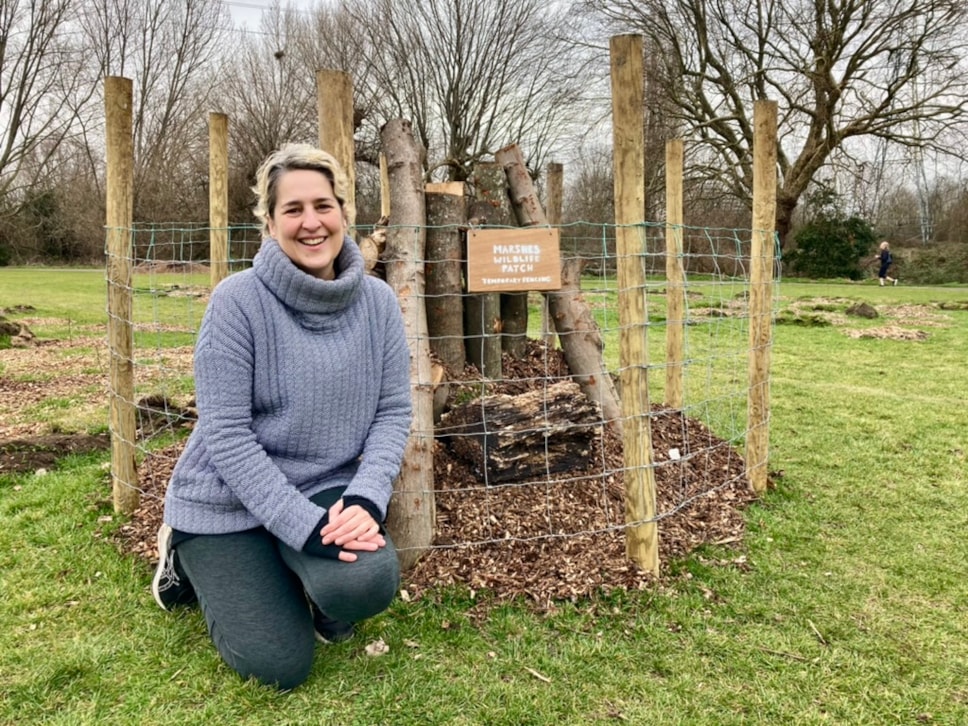
Seven year plan to green the grey
Two new plans to green the grey and improve biodiversity in Hackney by 2030 have been adopted by Hackney Council.
The plans - a green infrastructure strategy and a local nature recovery plan - set out how parks, rivers, wetlands, street trees, gardens, rain gardens, green roofs and walls across Hackney can all help combat climate change, tackle biodiversity loss and encourage people to enjoy greener, healthier streets. They support the delivery of the recently adopted Climate Action Plan, the Parks and Green Spaces Strategy, Local Plan, Hackney Transport Strategy, Air Quality Action Plan and Parking and Enforcement Plan, amongst others.
More than 40% of the borough’s land is already classified as green cover, made up of parks, open spaces, gardens, waterways and other green areas. Under the ambitions in the plans, opportunities are identified to transform our streets and open spaces which could see new pocket parks across the borough, a greener environment on our housing estates and greener new building developments.
The south west of the borough has been identified as most in need of new green space with greening earmarked for Shoreditch, Haggerston, Hoxton, Dalston, Hackney Central, London Fields and De Beauvoir. The plans also identify seven potential new green links between existing green spaces, as well as improved green corridors to enable wildlife to move more freely.
The nature recovery plan has created five nature recovery areas that cover the whole borough to ensure the Council, alongside dedicated local volunteers, can focus practical efforts on improvements that make the most difference to biodiversity and nature restoration.
Both plans were informed by consultations with local residents and developed with community partners.
Read more about the nature recovery plan and green infrastructure strategy.
The Council has long recognised the significant impact that green infrastructure - including high quality parks and green spaces - can have on everyday life in Hackney, and has therefore placed a high priority on developing and improving them over the last decade or so, bolstered by the efforts of great local organisations.
We’re well known for being a borough that greens the grey - with new street trees, rain gardens and wildflower meadows across the borough. These two plans bring together all this work and set out the next steps to help make the borough more resilient to the impacts of climate change, improve residents’ health and wellbeing, reduce deficiency in green open space, and safeguard and enhance biodiversity.
Cllr Caroline Woodley, Cabinet Member for Families, Parks and Leisure
